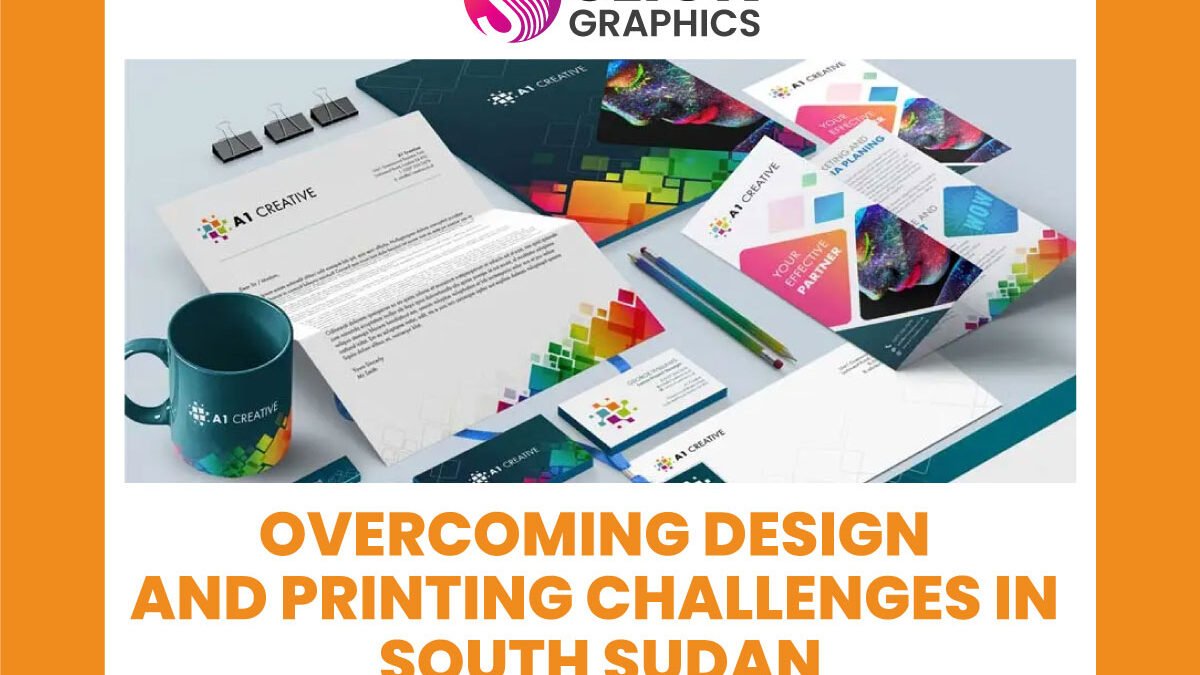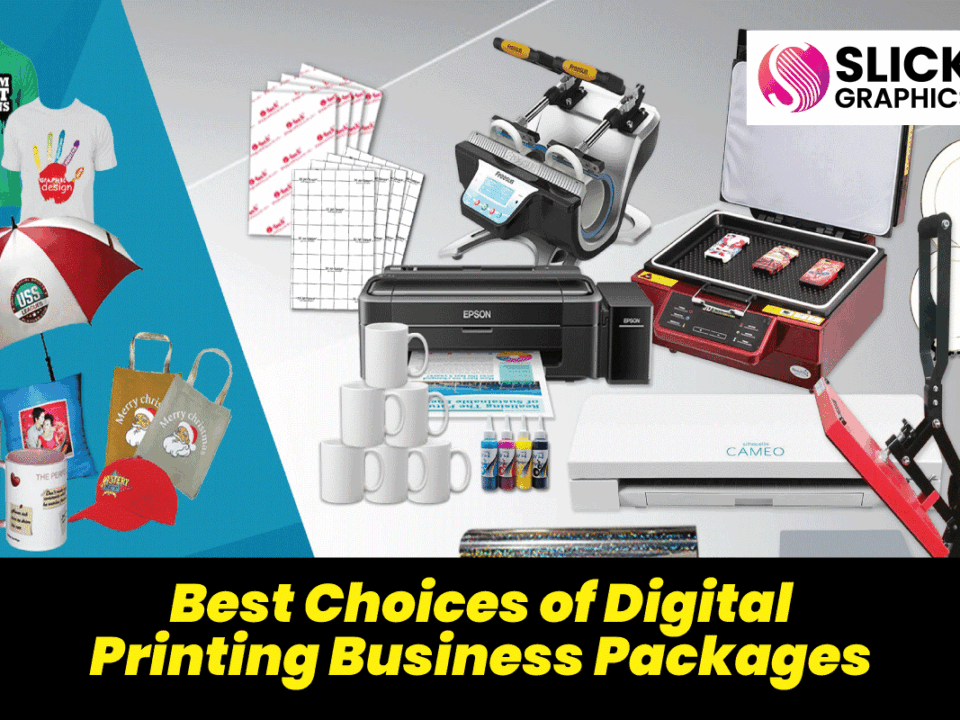Overcoming Design and Printing Challenges in South Sudan
Overcoming Design and Printing Challenges in South Sudan
In South Sudan, the journey towards establishing a robust design and printing industry is marked by numerous challenges. Despite the rich cultural heritage and the potential for creative expression, businesses often face significant barriers that hinder the growth of quality design and printing services. This blog explores these challenges and outlines effective strategies for overcoming them, with a focus on how companies like Slick Graphics can lead the way.
1. Limited Access to Resources
One of the most pressing challenges in South Sudan is the limited access to quality design tools, materials, and technology. Many businesses struggle with outdated equipment and insufficient supplies, which can compromise the quality of their work.
Solution: Collaborating with international partners and suppliers can help bridge this gap. Companies like Slick Graphics can source high-quality materials and advanced technology, ensuring that their products meet international standards. Additionally, investing in training programs can empower local designers to utilize available resources effectively.
2. Skilled Labor Shortage
The design and printing industry in South Sudan suffers from a shortage of skilled professionals. Many potential designers lack formal training, which affects the overall quality of design and print projects.
Solution: Establishing training and mentorship programs can help nurture local talent. Slick Graphics can lead workshops and apprenticeships, providing aspiring designers with the skills they need to excel. By investing in human capital, the industry can cultivate a new generation of skilled professionals who are capable of producing high-quality work.
3. Cultural Diversity and Communication Barriers
South Sudan is home to a rich tapestry of cultures, languages, and traditions, which can complicate the design process. Misunderstandings arising from cultural differences or language barriers may hinder effective communication between designers and clients.
Solution: Engaging local designers who understand the cultural nuances is essential. Slick Graphics can leverage local expertise to create designs that resonate with diverse audiences while ensuring clear communication. This approach fosters a collaborative environment where clients feel understood and valued.
4. Infrastructure Limitations
Inadequate infrastructure poses significant challenges to the design and printing industry in South Sudan. Issues such as unreliable power supply, poor transportation networks, and limited internet access can disrupt production and delivery schedules.
Solution: Investing in alternative energy sources, like solar power, can help mitigate power supply issues. Additionally, improving logistics and transportation networks will ensure timely delivery of materials and finished products. Slick Graphics can advocate for better infrastructure while implementing contingency plans to navigate these challenges effectively.
5. Market Competition and Awareness
As the design and printing sector in South Sudan evolves, competition is intensifying. However, many businesses struggle with market awareness and effective marketing strategies, making it difficult to attract clients.
Solution: Building a strong brand presence is crucial. Slick Graphics can employ strategic marketing campaigns that showcase their unique offerings and emphasize quality and reliability. Utilizing social media, local events, and community engagement can help increase visibility and attract potential clients.
Conclusion
Overcoming the challenges of design and printing in South Sudan requires a multifaceted approach. By addressing resource limitations, investing in skill development, embracing cultural diversity, improving infrastructure, and enhancing market awareness, the industry can flourish.
Companies like Slick Graphics are well-positioned to lead this transformation by fostering collaboration, supporting local talent, and championing quality design and printing services. With a concerted effort, South Sudan can overcome these barriers and establish a thriving design and printing sector that reflects its rich cultural identity and meets the needs of its diverse population.


